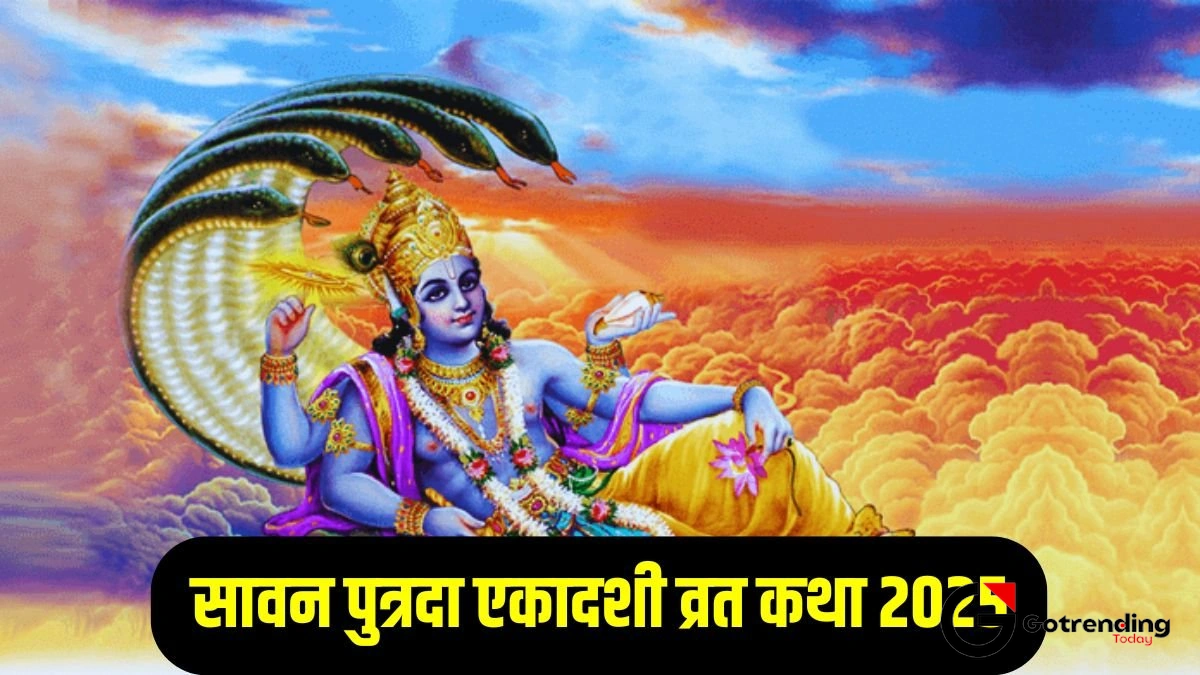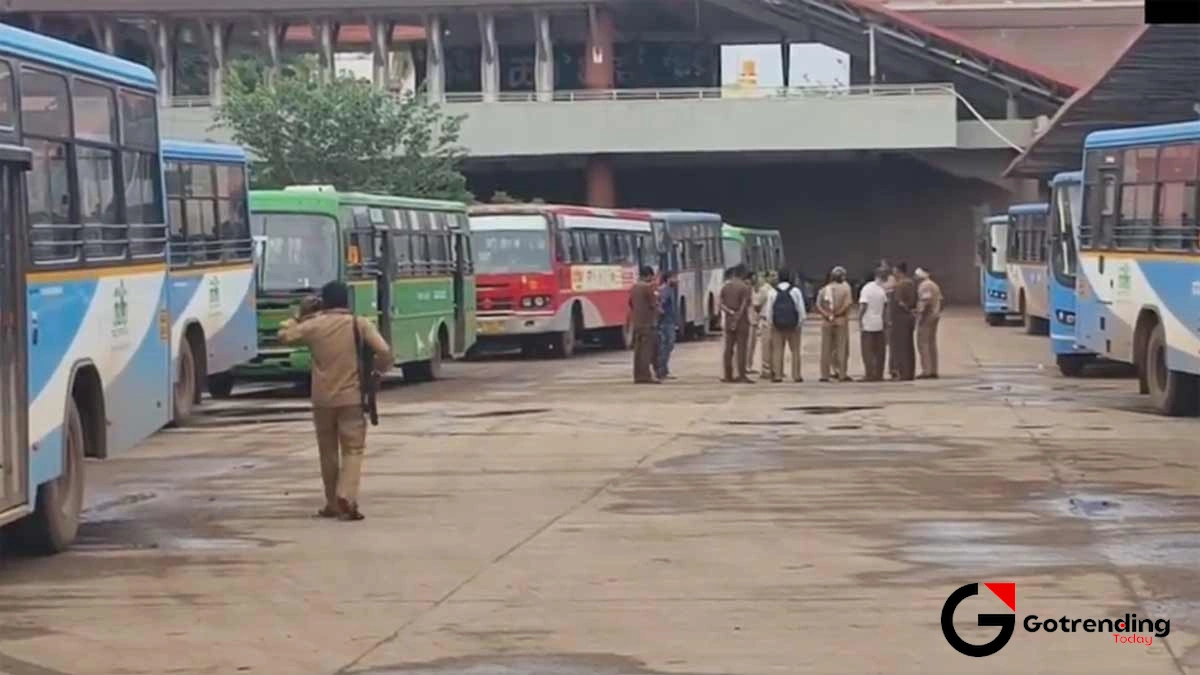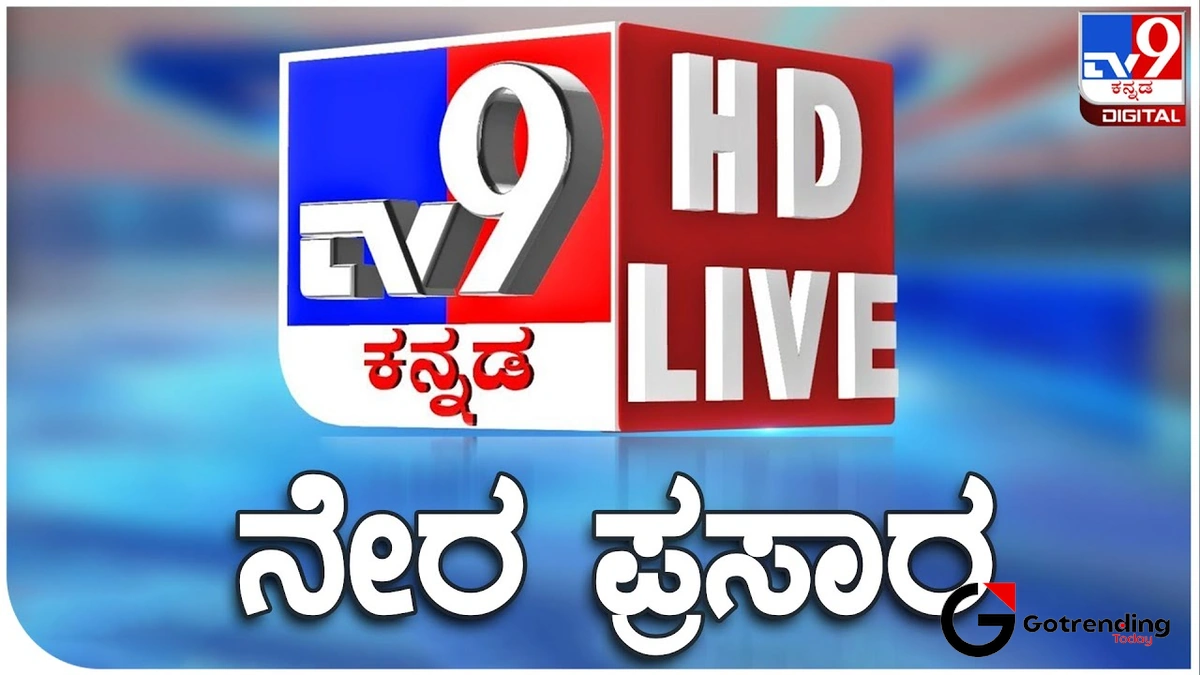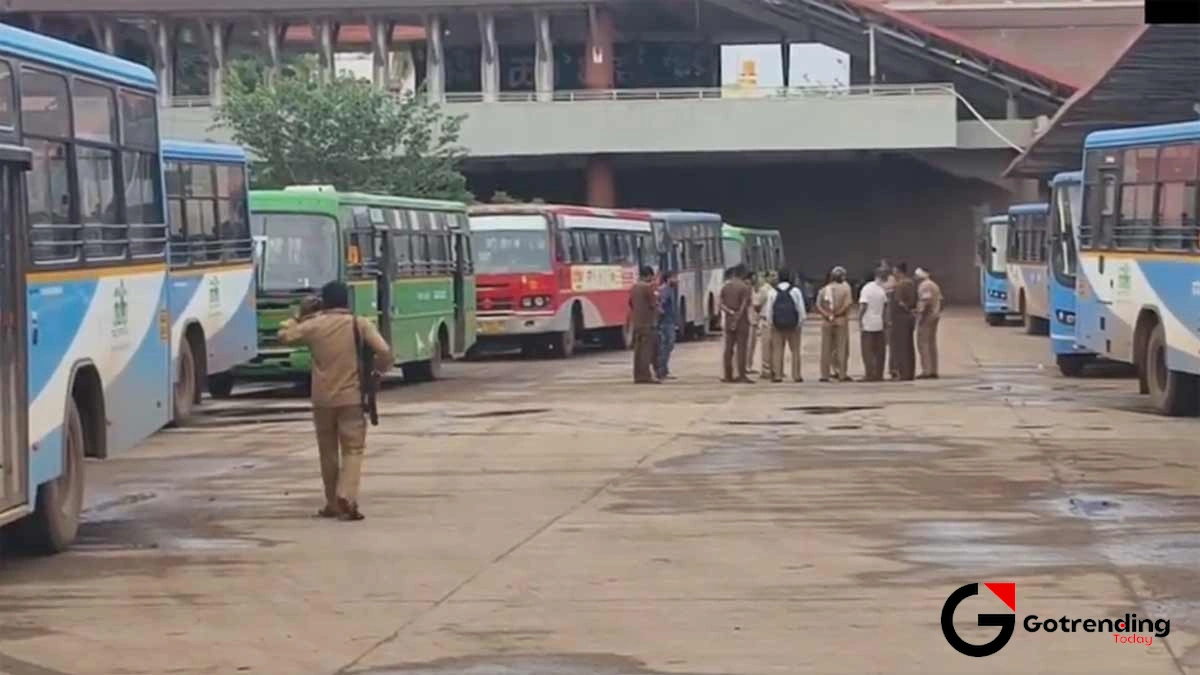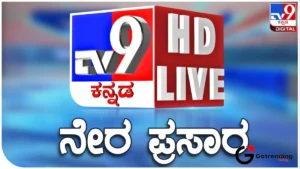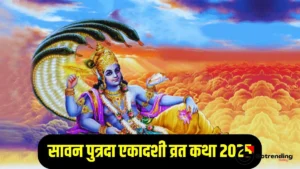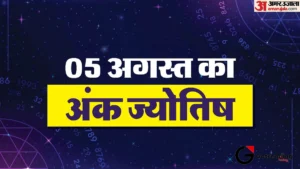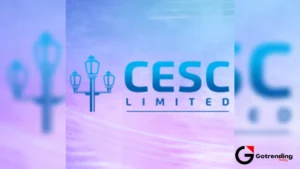Ekadashi Vrat Katha | It’s Not Just a Story, It’s a Reset Button for Your Stressed-Out Soul
Let’s be honest. Life in modern India is a beautiful, chaotic, non-stop marathon. Your phone pings with a dozen WhatsApp groups. Your calendar is a Tetris game of deadlines and EMIs. Your mind is cluttered with a million tabs open, just like your browser. We crave a pause, a detox, a moment to just… breathe. We download mindfulness apps, we try digital detoxes, but what if one of the most powerful tools for a mental and physical reset has been hiding in plain sight, woven into our own culture for centuries?
I’m talking about Ekadashi. And if you’ve dismissed it as just another religious fast your grandmother observes, I invite you to grab a coffee (or a chai) and sit with me for a bit. Because the ekadashi vrat katha and the fast that accompanies it is one of the most sophisticated systems for well-being you’ll ever encounter. It’s not about restriction; it’s about release.
Beyond Just ‘Not Eating’ | What is Ekadashi, Really?
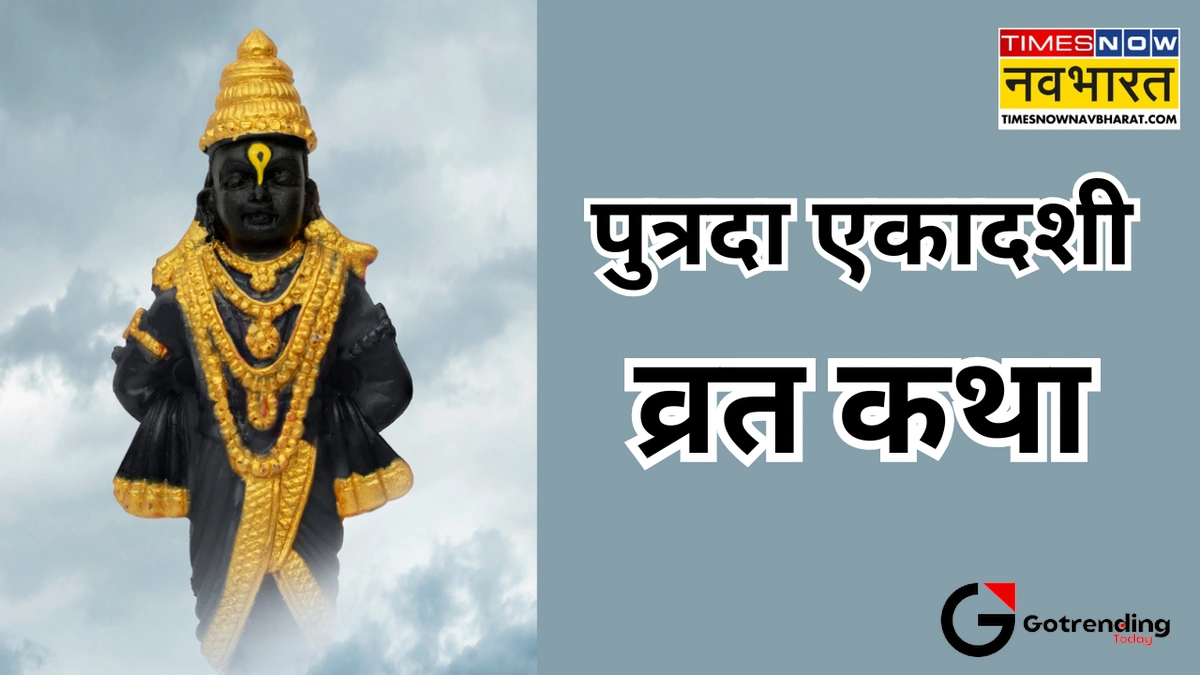
So, what’s the big deal with this specific day? Ekadashi literally means “the eleventh” in Sanskrit. It’s the eleventh day of the two lunar phases of the month the Shukla Paksha (waxing moon) and the Krishna Paksha (waning moon). So it comes around roughly every two weeks.
The ancient wisdom is fascinating. It’s believed that the moon’s gravitational pull affects all bodies of water on these specific days. And since our bodies are about 70% water, the theory is that the moon’s pull is at its peak, potentially causing a sort of imbalance in our minds and bodies. Think about it – we accept the moon’s effect on the massive oceans causing high and low tides, so is it really a stretch to think it might have a subtle effect on us?
Fasting on this day, especially by refraining from grains and beans, is said to counteract this imbalance. It’s like giving your digestive system one of the most energy-intensive systems in your body a day off. This isn’t about starving yourself. It’s a conscious, sacred pause. A choice to redirect your energy from digesting food to digesting thoughts, emotions, and experiences.
And that’s the real importance of Ekadashi . It’s a scheduled, bi-monthly appointment with yourself. In a world that constantly demands your attention, Ekadashi gently asks you to turn that attention inward.
The Vrat Katha | Cracking the Code of the Sacred Stories
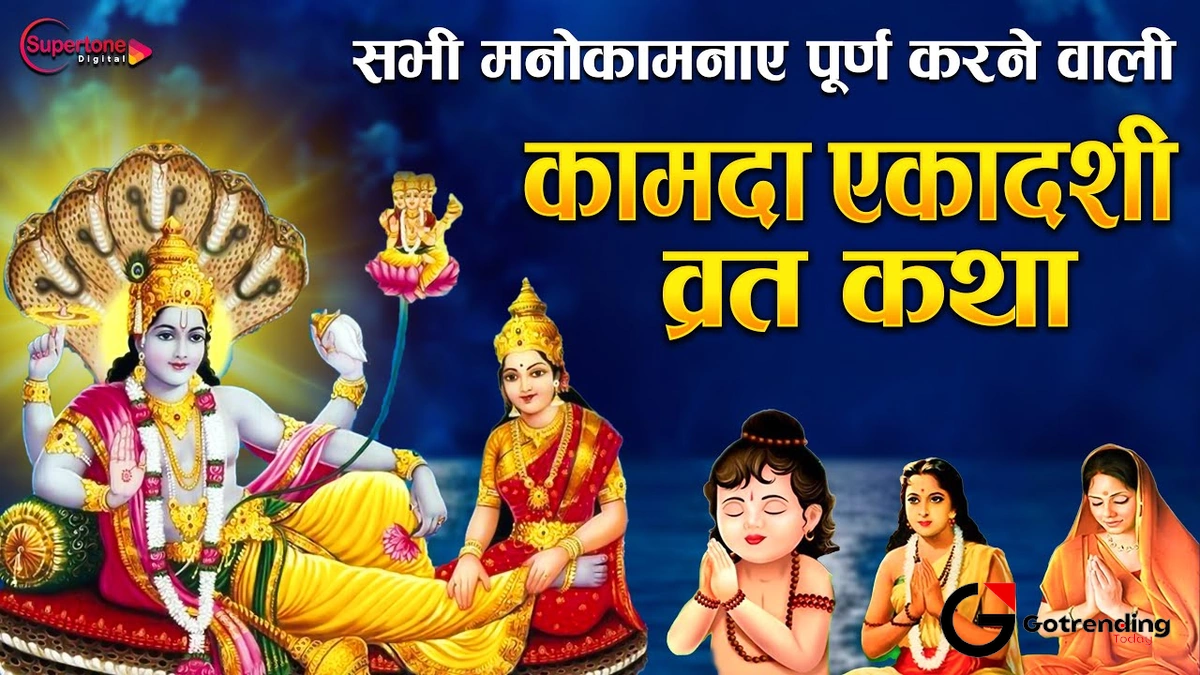
This is where it gets really interesting for me. Every Ekadashi has a specific story, a Vrat Katha , associated with it. I used to think these were just simple tales to help pass the time while you’re hungry. But then I realized they are the entire point.
The ekadashi vrat katha is a psychological masterpiece. It’s a form of guided meditation in narrative form.
Think about the story of Aja Ekadashi, where the noble King Harishchandra, having lost his kingdom and family, finds redemption through his unwavering faith and observance of the fast. Or the story for Putrada Ekadashi, which speaks to the deep-seated human desire for legacy and family. These stories aren’t just entertainment. They are allegories for our own lives.
The demons and villains in these tales? They aren’t just fantastical monsters. They are metaphors for our own inner demons the ‘Paap-Purush’ or the personification of sin mentioned in texts like the Padma Purana. They represent our greed, our anger, our attachments, and our ego. The act of fasting weakens these inner demons, and listening to the katha gives you the mental and spiritual strategy to overcome them. It reframes the physical act of fasting from “I can’t eat” to “I am conquering my lower self to elevate my higher self.”
It’s a powerful shift in mindset. You’re not just abstaining from rice; you’re connecting with a timeless story of redemption, devotion, and liberation. That’s a far more motivating reason to skip the parathas for a day, isn’t it?
Your Brain on Ekadashi | The Science and Soul of a Sacred Pause

Okay, let’s switch gears from the spiritual to the scientific for a moment, because the synergy is stunning. What our ancestors understood intuitively, modern science is now beginning to validate.
The practice of Ekadashi is, in essence, a form of intermittent fasting. And the ekadashi fasting benefits are being studied and celebrated in wellness circles worldwide. One of the most incredible processes that controlled fasting can kickstart is called autophagy. In simple terms, it’s your body’s cellular cleanup crew. As Nobel Prize-winning research has shown, when you fast, your cells start to “eat” their own junk damaged proteins, old organelles, and other waste products. It’s a fundamental process for cellular repair and rejuvenation.
But it’s not just physical. Have you ever noticed that after a light meal, you feel more alert? Now, imagine giving your digestive system a more extended break. The energy that would have gone into breaking down a heavy meal of grains and lentils is freed up. Many people who observe Ekadashi report a feeling of heightened mental clarity, focus, and a sense of calm. Your body isn’t fighting to digest, so your mind is free to soar.
This isn’t magic; it’s biology. And it’s a tradition as deeply woven into the Indian spiritual fabric as the significance of sacred cities likePrayagraj. It’s a holistic system designed to cleanse the body, sharpen the mind, and nourish the soul. All at once.
How to Start Your Own Ekadashi Journey (Without Feeling Overwhelmed)
Feeling intrigued? Thinking of giving it a try? Deciding to start is a significant first step, a personal debut into a new way of connecting with yourself. This journey marks a new chapter in your well-being, a bit like howPriyanka Gandhi’s Wayanad debutsignals a fresh start in her political path. Here’s how you can begin without feeling intimidated.
- Step 1: Know the Dates. First, find out when the next Ekadashi is. A quick Google search for “Ekadashi dates” or a traditional Panchang will tell you.
- Step 2: Choose Your Level. Don’t try to be a hero and go for a Nirjala Ekadashi (a complete fast without water) on your first attempt. That’s for seasoned practitioners. Start simple. The most basic observance is just abstaining from all grains (rice, wheat, dal, etc.) and beans.
- Step 3: Know What to Eat. So, what to eat on ekadashi? The list is delicious! Fruits (Phalahari), milk and dairy products, nuts, and specific flours like Sabudana (tapioca), Kuttu (buckwheat), and Rajgira (amaranth) are all permitted. You can have a feast of Sabudana Khichdi, fruit chaat, and makhanas.
- Step 4: The Parana. This is crucial. The fast is officially broken the next morning (on Dwadashi) after sunrise. There’s a specific time window for Parana. Breaking the fast too early or too late is considered improper. Again, a quick online search will give you the Parana time for your city.
- Step 5: Listen to the Katha. Find the specific ekadashi vrat katha for the day. You can find them online in text or on YouTube in Hindi and other languages. Take 15-20 minutes to read or listen to it. Let the story sink in. This is your mental nourishment for the day.
Frequently Asked Questions About Ekadashi Vrat
What if I accidentally eat something I’m not supposed to?
Don’t panic or give up. The intention behind the fast is what matters most. Acknowledge the mistake, ask for forgiveness in your heart, and continue with the fast as best as you can. It’s about progress, not perfection.
Why are grains like rice and wheat specifically avoided?
The traditional belief, as mentioned in the Puranas, is that the ‘Paap-Purush’ (the personification of all sins) takes shelter in grains on the day of Ekadashi. By avoiding grains, one avoids ingesting these negative energies. From a physiological perspective, grains are heavy to digest and avoiding them provides a significant rest to the digestive system.
Is it okay to just fast without reading the katha?
You can, and the physical benefits of fasting will still be there. However, you’d be missing the core component. The katha provides the context, the purpose, and the spiritual nourishment that transforms a simple fast into a profound spiritual practice (sadhana).
Can I drink water during Ekadashi?
Absolutely, unless you are specifically observing a “Nirjala” (waterless) fast, which is very advanced. For most people observing a Phalahari fast, drinking water, milk, and fruit juices is perfectly fine and encouraged to stay hydrated.
Is Ekadashi safe for everyone?
It’s a practice of wellness, not self-harm. Children, the elderly, pregnant or nursing women, and individuals with medical conditions (like diabetes) should not undertake strict fasting. It’s always best to consult with a doctor or start with a very mild form, like just giving up rice for a day. Always listen to your body.
In the end, Ekadashi isn’t a rigid dogma. It’s an invitation. It’s a beautifully designed rhythm for a life that has lost its rhythm. It’s an opportunity, twice a month, to step off the high-speed treadmill of consumption and just be. You don’t have to escape to an ashram in the Himalayas to find peace; you can find a pocket of it right in your own home, on the eleventh day of the moon. And that, in our crazy modern world, is nothing short of a miracle.
